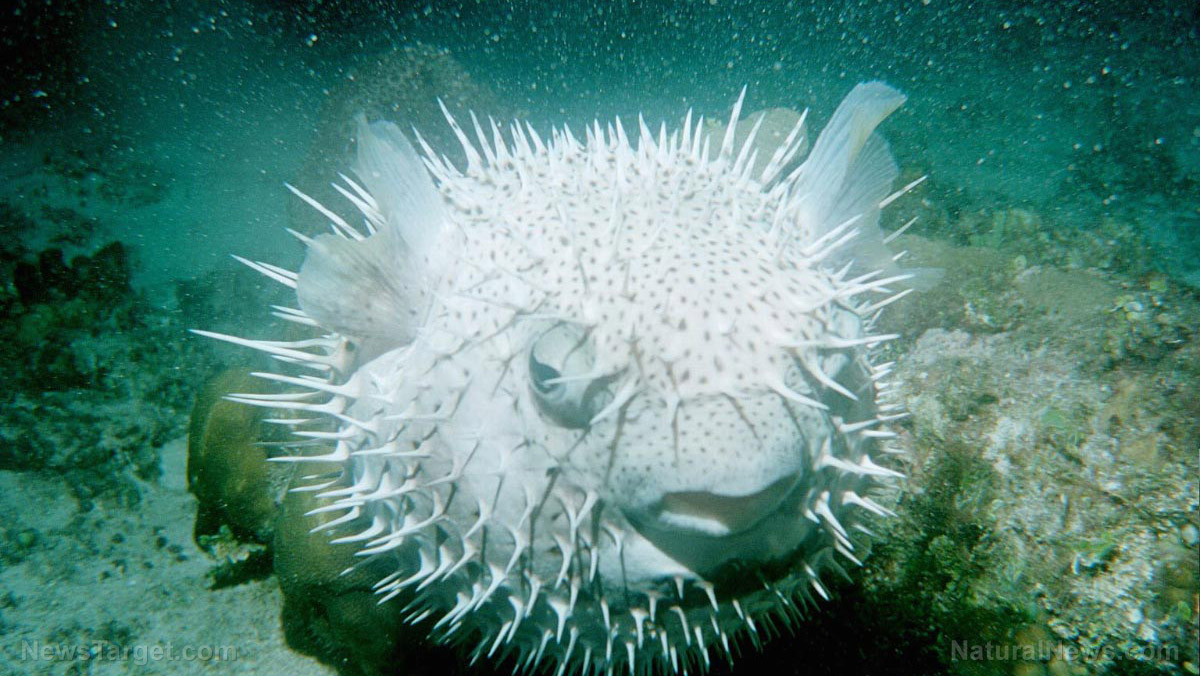Nearby “super-Earth” exoplanet could support life, suggest scientists
09/05/2020 / By Cassie B.

A recently discovered exoplanet could have the right conditions to support life as we know it, according to astronomers, and it’s surprisingly close to Earth. A study that was recently published in the journal Astronomy and Astrophysics outlined the exciting finding.
The planet was discovered using NASA’s Transiting Exoplanet Survey Satellite, or TESS, by an international group of astronomers. It forms part of the constellation Hydra and is situated roughly 31 light years from Earth. One light year is the distance in which light travels in one year, which is around six trillion miles.
The exoplanet in question has been named GJ 357 d. The astronomers say it is around twice the size of Earth and has six times its mass. They believe that this “super Earth” may have water on its surface.
The planet is made of rock and is found in the outer edge of the “habitable zone” of its host star. A habitable zone is an orbital region in which liquid water could exist on the surface of a rocky planet. It is positioned where it receives roughly the same level of stellar energy from its own host star as Mars gets from the sun.
Scientist will carry out future studies to determine if it has a dense atmosphere. If it does, that means it could trap sufficient heat to warm the planet up and create an environment that would enable liquid water to exist on its surface. As it stands, scientists have calculated an equilibrium temperature of -64 degrees Fahrenheit, making it more glacial in nature. But an atmosphere could make it far more Earth-like in terms of temperature.
Planet discovered while scientists were observing another transiting exoplanet nearby
The planet was found along with two others orbiting a dwarf star that is around a third the size of our sun and approximately 40 percent cooler. In fact, it was one of these other planets that first attracted astronomers’ attention. When TESS observed the light coming from the host star dimming slightly every 3.9 days, it was a sign that it could be orbited by an exoplanet. That planet, GJ 357 b, is considered a “hot Earth” with surface temperatures of around 490 degrees Fahrenheit. It orbits the host star around 11 times closer than Mercury orbits our sun.
Although that planet cannot host life as we know it, it was still an important discovery because it is the third-closest transiting exoplanet that we know of and also one of the best rock planets that scientists have for measuring the composition of an atmosphere, if it happens to have one.
Then they discovered GJ 357 d, and its potential habitability made it a very exciting revelation. It orbits the host star every 55.7 days at roughly one fifth of the distance at which Earth orbits the sun.
Study co-author Jack Madden, a doctoral candidate at Cornell University, said: “Just knowing that liquid water can exist on the surface of this planet motivates scientists to find ways of detecting signs of life.”
The third planet in the system is 3.4 times the size of Earth and orbits the host star every 9.1 days. Known as GJ 357 c, its surface temperature is believed to be around 260 degrees Fahrenheit.
The researchers said that they hope to look for signs of life on GJ 357 b with telescopes in the future. A pair of next-generation telescopes are expected to come online within the next few years that would provide a far more detailed view of the planet and could be able to show whether the planet has any oceans or mountains.
Sources for this article include:
Tagged Under: cosmos, discoveries, Earth, exoplanet, GJ 357 b, GJ 357d, host star, life, outer space, planets, Space, sun, water
RECENT NEWS & ARTICLES
COPYRIGHT © 2018 BREAKTHROUGH.NEWS
All content posted on this site is protected under Free Speech. Breakthrough.news is not responsible for content written by contributing authors. The information on this site is provided for educational and entertainment purposes only. It is not intended as a substitute for professional advice of any kind. Breakthrough.news assumes no responsibility for the use or misuse of this material. All trademarks, registered trademarks and service marks mentioned on this site are the property of their respective owners.




















